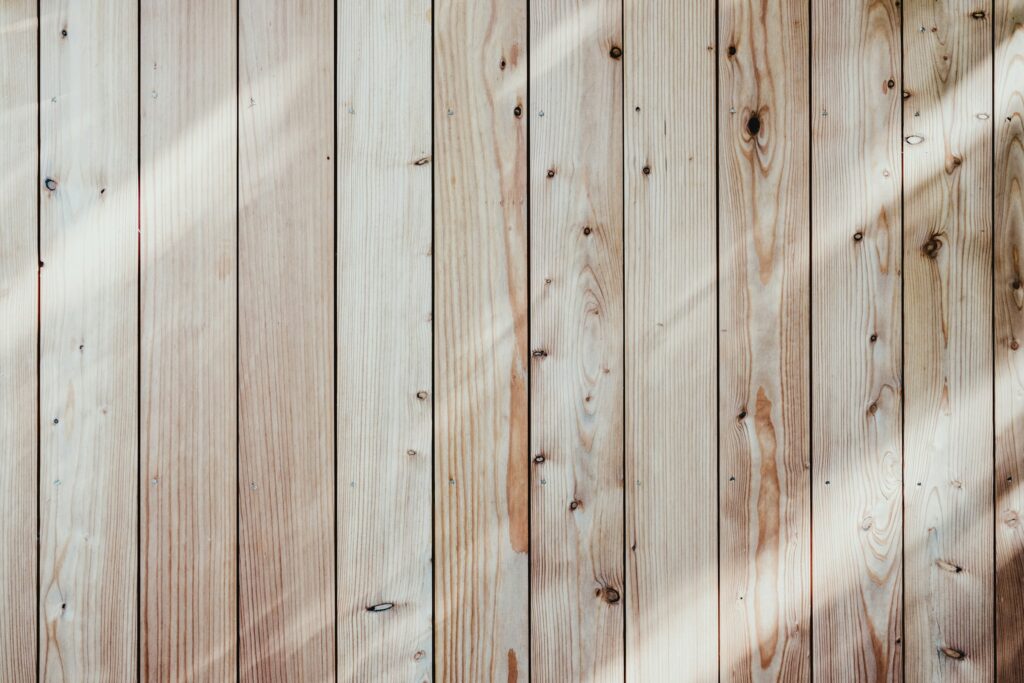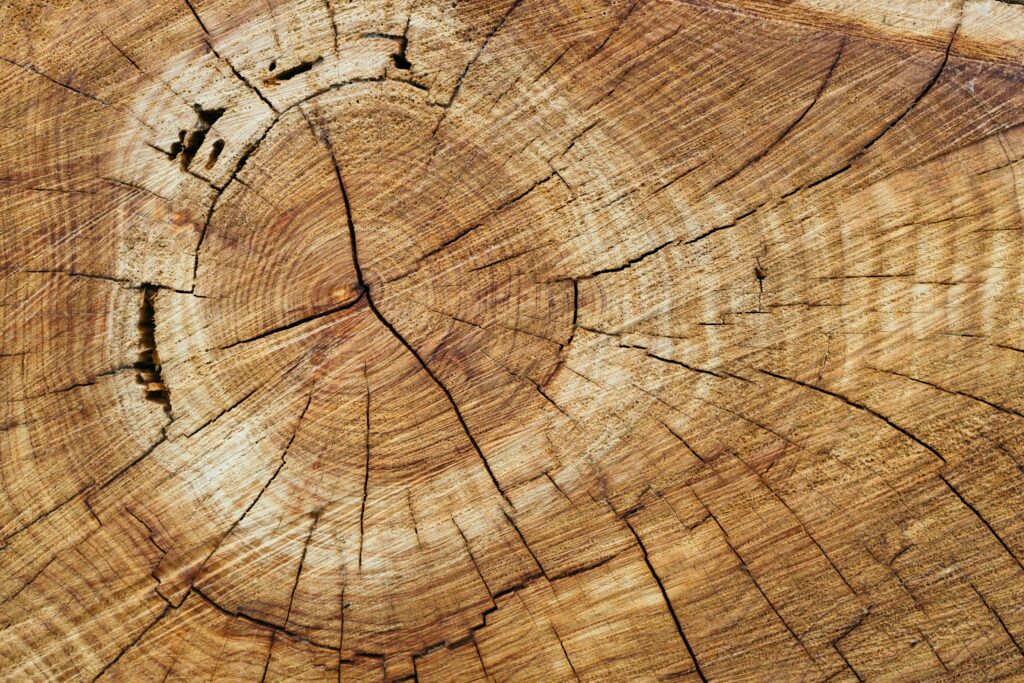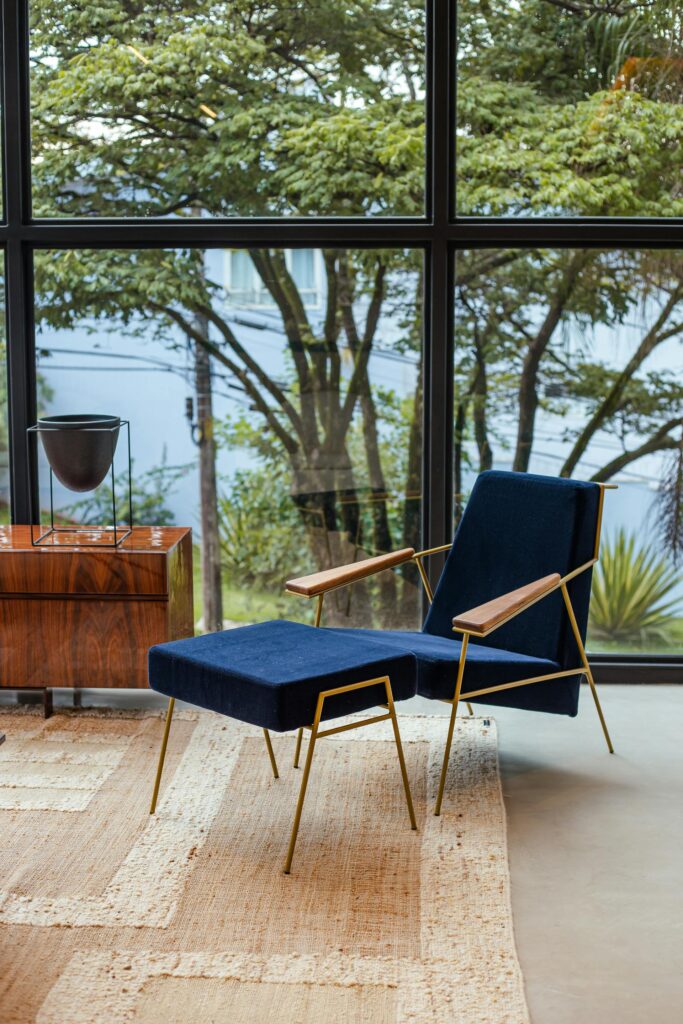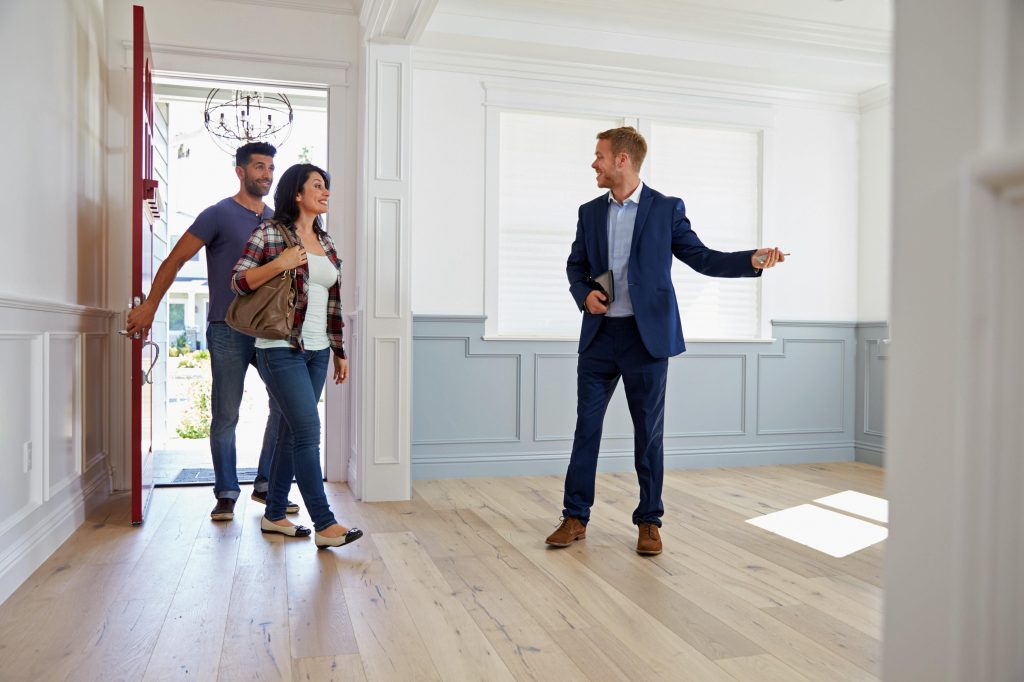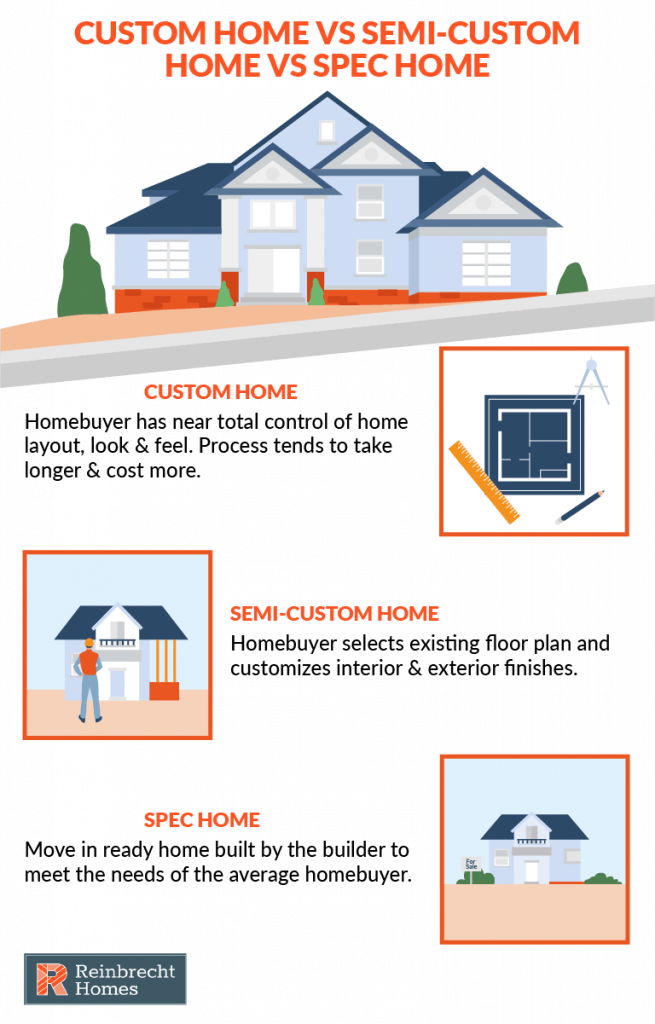If you’re considering building a home or cabin using timber on the Sunshine Coast, it’s crucial to have a clear understanding of the intricate process involved in tree removal and selection. This guide will walk you through the steps of selecting trees for removal. Working with tree removal Sunshine Coast certified arborists, and complying with local regulations. Additionally, we’ll discuss the benefits of using locally sourced timber, specifically on the Sunshine Coast of Queensland, Australia.
The Benefits of Using Locally Sourced Timber on the Sunshine Coast
Sunshine Coast is a beautiful region in the southern part of Queensland. Known for its stunning beaches, lush rainforests, & vibrant communities. When building a home or cabin on the Sunshine Coast, using locally sourced timber can be an excellent choice.

Choosing Trees for Removal
When selecting trees for removal, it’s important to choose species that are native to the Sunshine Coast & are not endangered or protected. Working with a certified arborist who is familiar with the local ecosystem can help ensure that the removal of trees is conducted responsibly.
The arborist can also assess the health & structural integrity of the tree to ensure that it is safe to remove. Trees that are diseased, damaged, or leaning in a dangerous direction should be removed to prevent potential hazards.
The Tree Removal Sunshine Coast Process
Once you’ve selected the trees for removal in Sunshine Coast, the next step is to hire a professional tree removal service. When working with a tree removal service, it’s important to choose a company that is licensed, insured, & experienced in tree removal on the Sunshine Coast.
The tree removal process should be conducted with safety as the top priority. The tree removal service should use specialized equipment and techniques to safely and efficiently remove the tree, minimizing damage to surrounding structures and landscaping.
Complying with Sunshine Coast Local Regulations
The Sunshine Coast has strict regulations in place regarding tree removal. It’s essential to familiarize yourself with these regulations & obtain the necessary permits before beginning any work.
Some of the regulations that may apply to tree removal on the Sunshine Coast include:
- Restrictions on removing trees in certain areas
- Requirements for replanting trees
- Guidelines for protecting wildlife habitats
Conclusion
In conclusion, using locally sourced timber for home or cabin construction on the Sunshine Coast can be a great way to support the local economy and reduce your environmental impact. However, it’s important to approach the removal process with care and consideration for safety, environmental responsibility, and local regulations. Hiring certified arborist services, you can ensure that your tree removal project is conducted in compliance with all local regulations.

